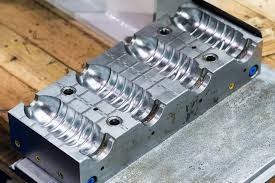Production tooling is a crucial choice that can have a big impact on the manufacturing effectiveness, product quality, and total operating costs of your production line. With so many options, it is critical to know how to choose the right tools for your particular requirements. This guide will assist you in making a well-informed choice.

Understand Your Production Needs
You must first fully comprehend your manufacturing needs to select the right production tooling. Consider the following:
Evaluate Material and Durability
Tooling materials are very important in terms of performance and longevity. Typical materials consist of:
Consider the amount of wear and tear that is anticipated during the production process when evaluating materials to make sure they are durable and economical.
Consider Personalized vs. Standard Tooling
Determine whether your needs are better served by conventional or bespoke tooling:
Determine the Benefit vs. Cost
Perform a cost-benefit analysis to ascertain the long-term worth of your tooling investment:
Purchasing high-quality tools can boost total productivity, decrease failure rates, and minimize downtime, which commonly justifies higher initial expenditures.
Prioritize Scalability and Flexibility
Select tooling that can adjust to your manufacturing line's changes. Particularly in dynamic production contexts, versatile equipment that can handle a variety of goods and procedures are invaluable assets. Another crucial aspect to consider is how scalable your tooling is in order to handle future expansion and new product lines.
Selecting the proper tooling for your production line is a strategic choice that necessitates carefully weighing your production requirements, the longevity of the material, the potential costs, and professional guidance.